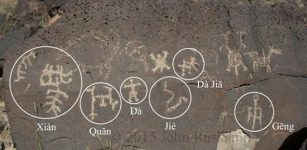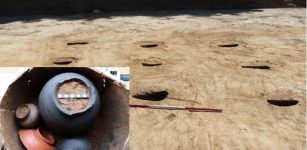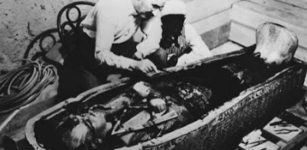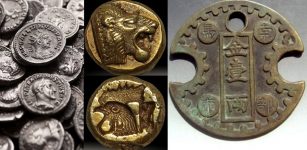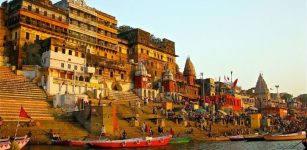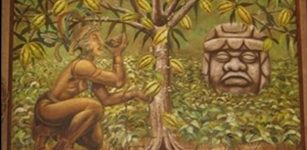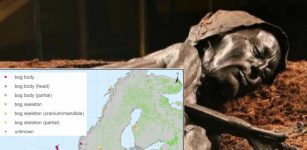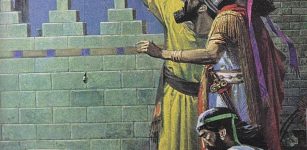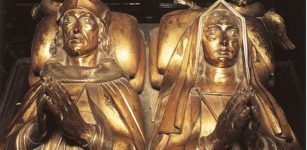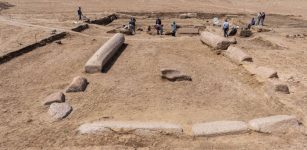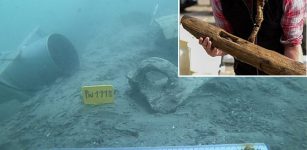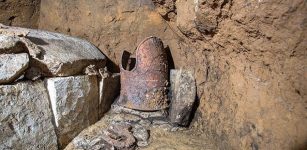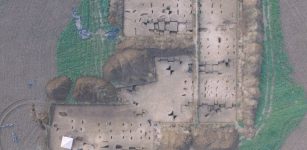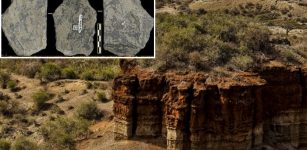Excavations In Ancient City Of Bathonea Reveal Traces Of Viking Settlement
Conny Waters - AncientPages.com - Looking for traces of the Vikings in Istanbul, archaeologists unearthed a Viking settlement in the ancient city of Bathonea near Lake Küçükçekmece, officials told daily Milliyet.
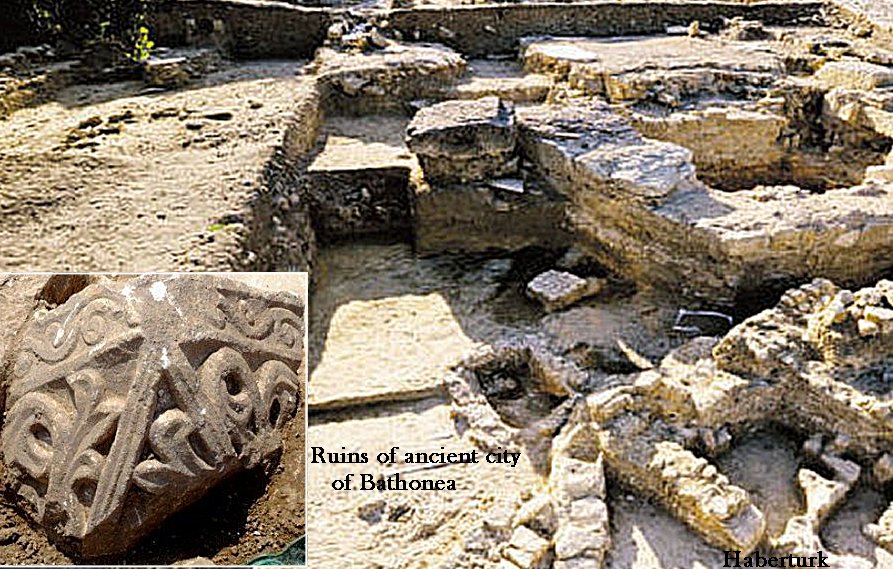
Bathonea was an ancient harbor town with many prehistoric secrets, which archaeologists began to reveal during excavations of this ancient site.
For example, in 2014, they found a skull that reveals a successful brain surgery performed 1,000 years ago.
For some years, marine scientists, architects, anthropologists, geophysicists, geologists, and archaeologists from Germany, Britain, the Netherlands, and Poland have continuously excavated an ancient Bathonea, and in fact, there is much to find in Bathonea's soil.
Some years ago, researchers discovered at Bathonea, hundreds of bricks stamped “Konstans,” made in Constantinople, which as many of us know was the capital city of the Roman Empire (330–395), the Byzantine Empire (395–1204 and 1261–1453), the brief Crusader state known as the Latin Empire (1204–1261), and the Ottoman Empire (1453–1923). Important findings at the site also include stone tools that have been unearthed there along with Neolithic potteries – unseen yet in anywhere near the lake. These findings fill a gap in Istanbul’s chronology by revealing traces from 2,000 B.C.
”Large structures, squares, churches, and a palace complex became evident over time, and the excavation team had reached a large cistern on which names like Konstantin and Konstans were written. The cistern is believed to have dated back to the Byzantine era.”
See also:
Forgotten Bathonea – ‘Library Of Constantinople’ Sheds Light On Earliest Days Of Great Civilization
Now, traces of Vikings have been discovered in the ancient city of Bathonea, and as Sengül Aydingün, the head of the excavation team of 75 experts said: “Vikings lived in Istanbul between the eighth and the 11th centuries in different periods. We have found their exact settlement area to be between the ninth and 11th centuries in the Bathonea excavations.”
“We unearthed seven clues that indicated the Vikings once lived here,” added Blazei Stanislawski, a Polish Viking expert who joined the team after he first learned six years ago that that Vikings lived in Bathonea.
Hurriyet Daily News writes that according to the experts, Vikings and their Russian branches, called Varangians, came to the region as mercenaries or merchants. As the rulers of Constantinople were afraid that Vikings could conquer the city, Vikings and Varangians were allowed to enter the city in the morning within small groups of a maximum of 35 people and leave the city before sunset.
As Vikings and Varangians could only settle outside the city, they chose to accommodate at Bathonea, an international port of the time.
“It seems they formed a neighborhood here in Bathonea. Until now, we had no clue, now we have figured out some,” said Stanislawski, adding that in old texts, the foreigners that could not enter the city were said to be living in an international port. It is Bathonea. We also know that Vikings, who were mercenaries for the Byzantium Emperor Micheal VII Doukas, lived in the region.”
The Polish Vikings expert also stressed that two items they have unearthed point to the presence of the Vikings.
“We found a cross made of ambergris, which was only found in northern Europe at that time, where Vikings firstly originated. And a necklace on which a snake is drawn. In Vikings myth, the snake is Jörmangandr, one of the symbols of Viking King Ragnar, Lodbrok.”
Written by Conny Waters - AncientPages.com Staff Writer

